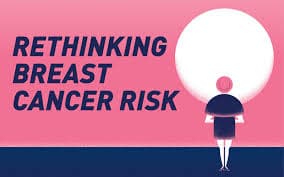- Reducing Breast Cancer Risk Part 1 of 2
- Reducing Breast Cancer Risk Part 2 of 2

Reducing the Risk of Breast Cancer Part 2 of 2
Other Protective Strategies:
Avoid Alcohol: Alcohol is a group 1 carcinogen. If you must drink, take B-vitamins including folate or folic acid and vitamin B6. Use the methylcobalamin form of B12 and methyltetrahydrofolate and pyridoxal-5 phosphate.
Breastfeeding: Benefits your breasts and the longer the better for you and your baby. Breast tissue completes its differentiation and carcinogens are eliminated in breast milk. The months during pregnancy without periods are also risk reducers (more kids and more and longer breastfeeding in the past may have helped keep rates lower).
Maintain Your Thyroid Gland: A pre-clinical low/hypothyroid state is a risk factor for breast cysts, fibrosis, and cancer. Dietary iodine, exercise, and immune balance are the foundation of thyroid health.
Stress Management: Vital to moderate cortisol (the stress hormone) and blood sugar fluctuations.
Good Bowel/Gut Bacteria: Maintain with enteric-coated probiotics, as long as your White Blood Cells are above 2.5 and your Neutrophils above 1.5. Eating a diet rich in both soluble and insoluble fiber and fermented foods also helps maintain a healthy gut microbiome.
Test for and Eliminate Metallo-estrogens: These are the heavy metals cadmium, mercury, lead, aluminum and tin.
Detox with an Annual Body Cleanse: Chemicals in plastics, pesticides, herbicides, flame retardants, household products, etc. are xenoestrogens, or hormone disruptors. A study in Israel demonstrated that cutting 3 pesticides out of the food chain resulted in a drop of over 30% in the age-specific breast cancer mortality rate in a decade.
Terry Pfau DO, HMD
